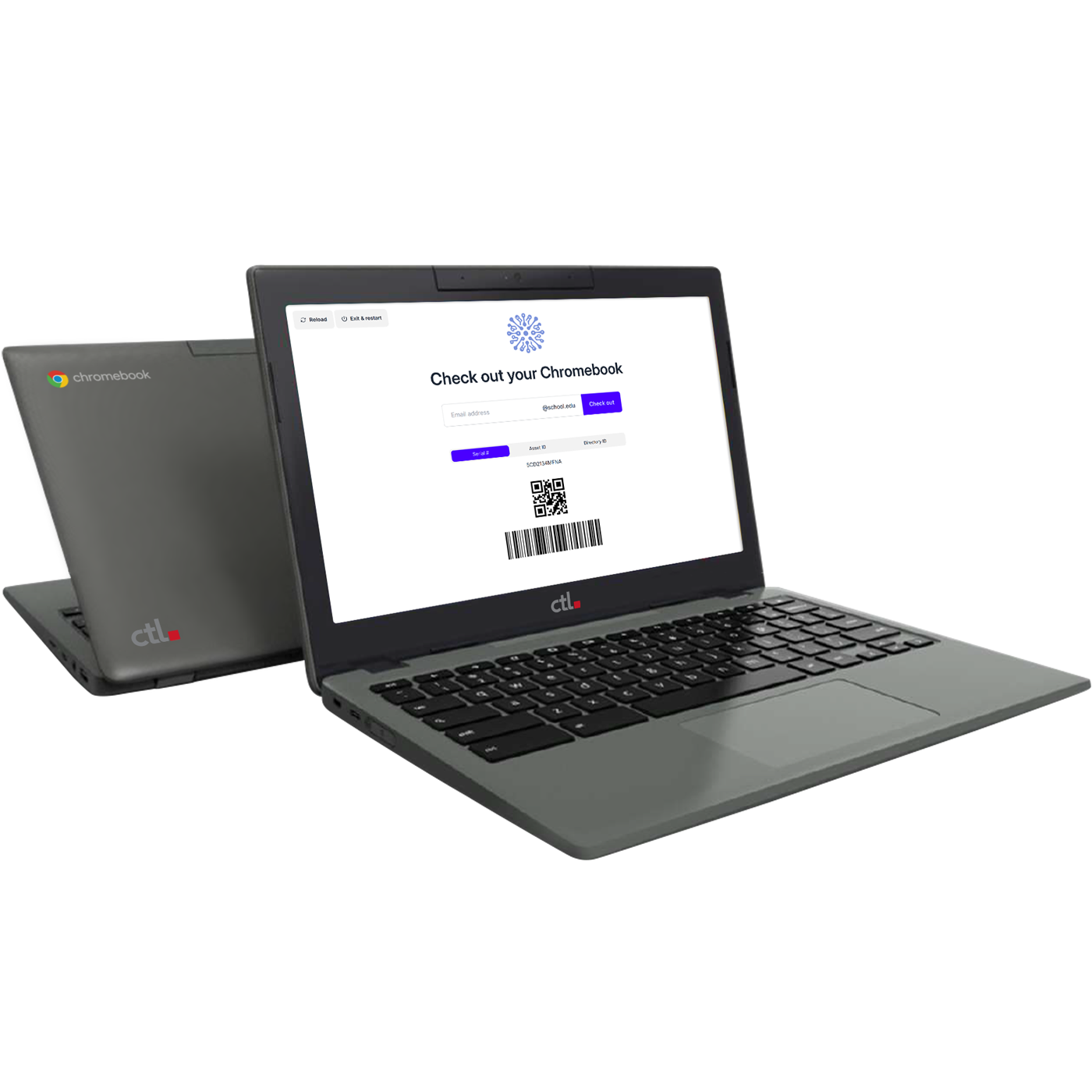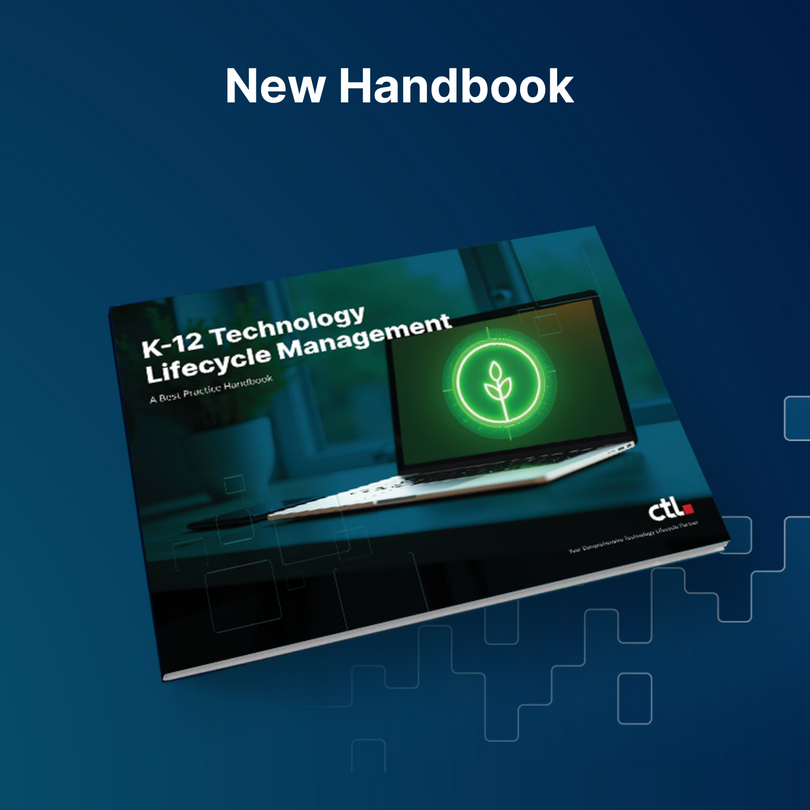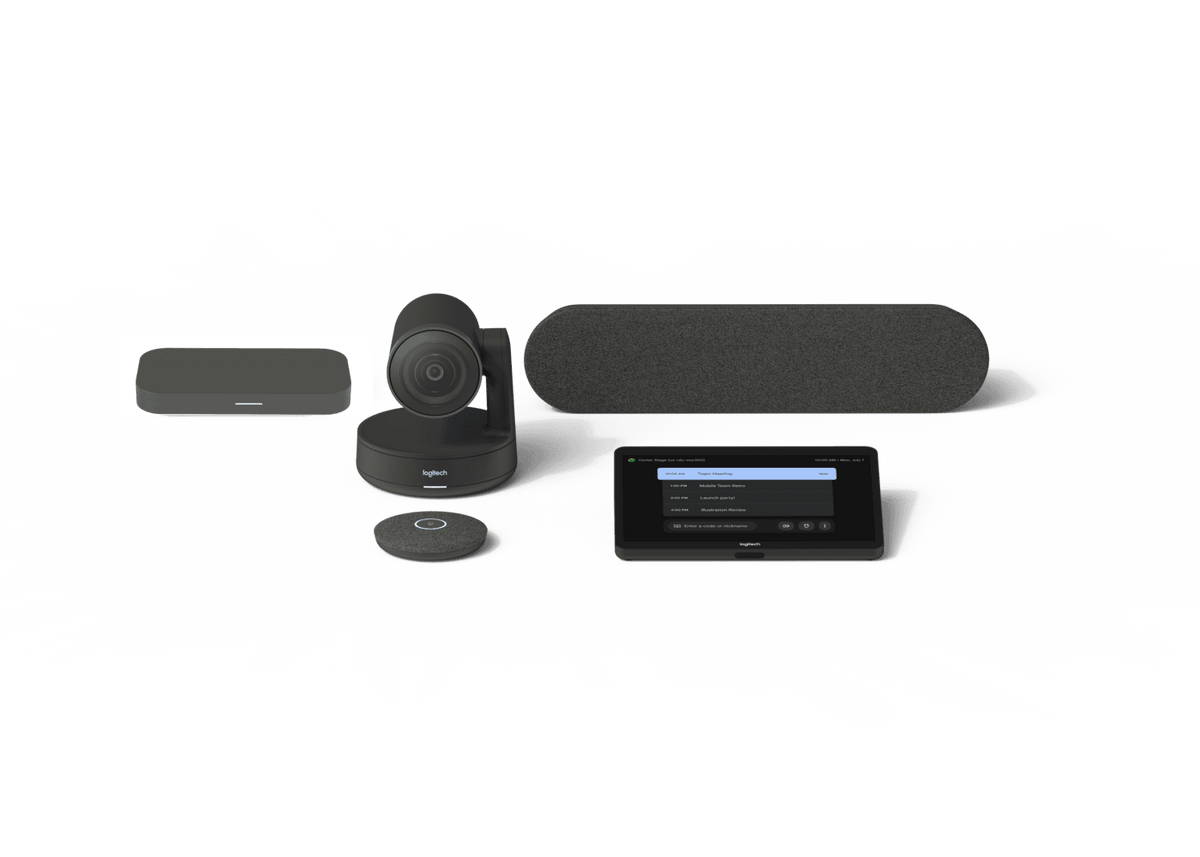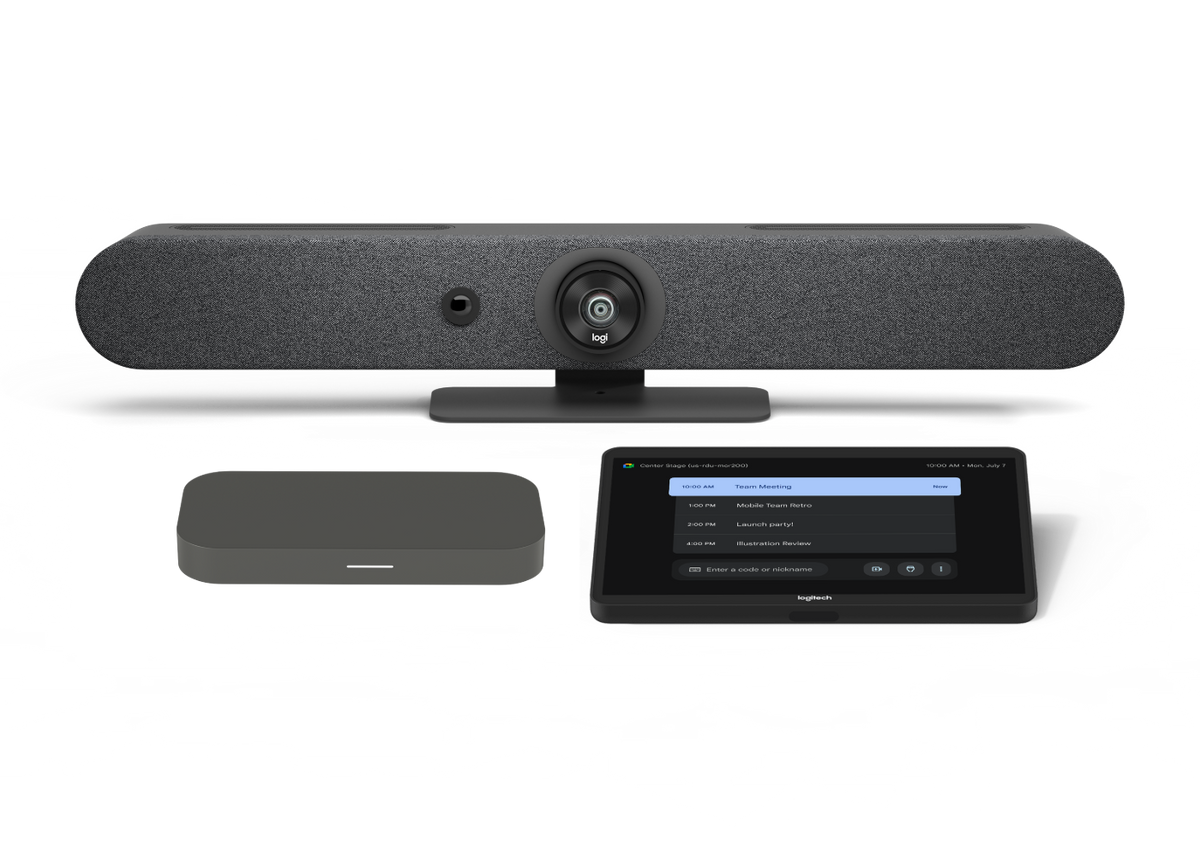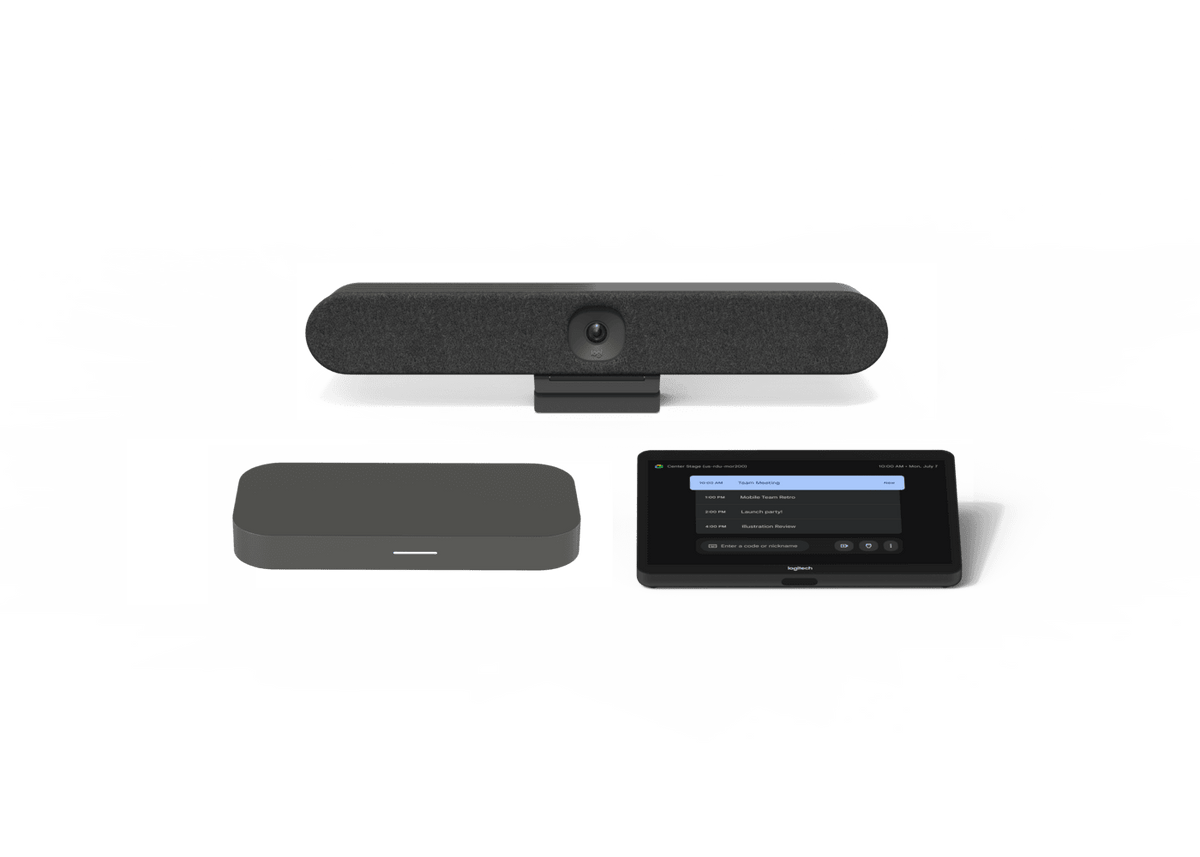Begin each new school year with rewards for your best readers.
Starting a reading program for your classroom is a rewarding experience. It benefits students of all ages and provides you with a means to encourage reading as a recreational activity. Students begin a lifelong practice of selecting books and carving time out of their schedules to read for knowledge and entertainment.
What You Need for Your Classroom Reading Program
Here are some of the things you’ll need for your classroom reading program:
- A Theme. Planning activities around an author, period in history or genre of books takes little time. You can have students vote on a theme or choose one of your own depending on your preference. Either way, make sure to select one at the start of the program to ensure successful participation.
- Books. It may not be convenient to send students to the library every time they need a new book to read. That’s why it’s important to keep books inside the classroom, too. That way, if you have scheduled reading time, no one is needing to be excused to go to the library.
- Certificates of Participation. Everyone who reads gets this level of achievement. It helps boost self-esteem and encourage students who don’t enjoy reading to get into the practice of reading more.
- A Tiered Prize Program. Different prizes should be offered at different levels of the program. That way, students feel compelled to keep reading even after they’ve met their reading goals.
- Reading Logs. Using your education Chromebook, create a reading log master sheet that can be printed and photocopied. That way, students can keep track of the amount they have read at home. They can have their parents sign off on the sheet, too, if the program requires it.
A successful reading program is easy to implement. It tracks results accurately and provides incentives for students. It is age appropriate, based on a theme, and encourages reading inside and outside the classroom. Where younger children are concerned, it requires that their parents participate, too, by signing off on reading logs agreeing that the child read for the amount of time specified on the sheet.

